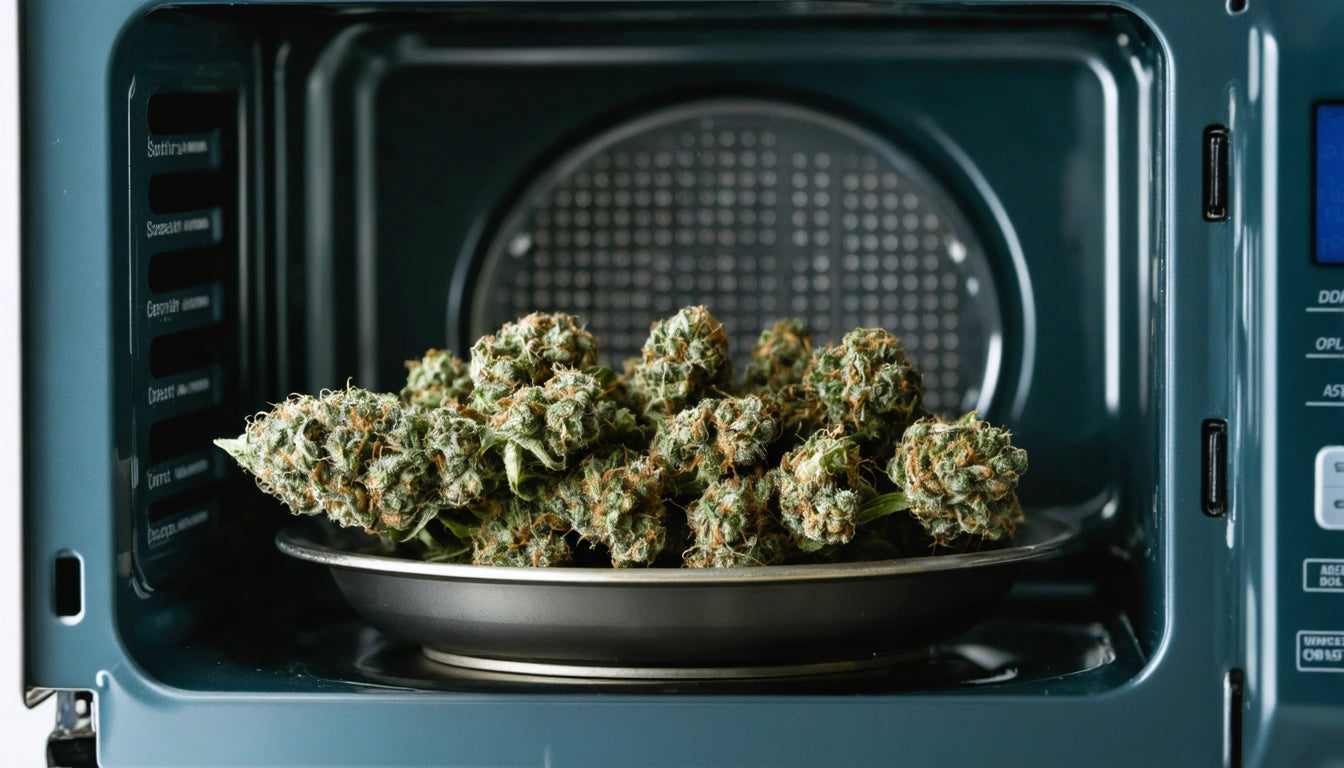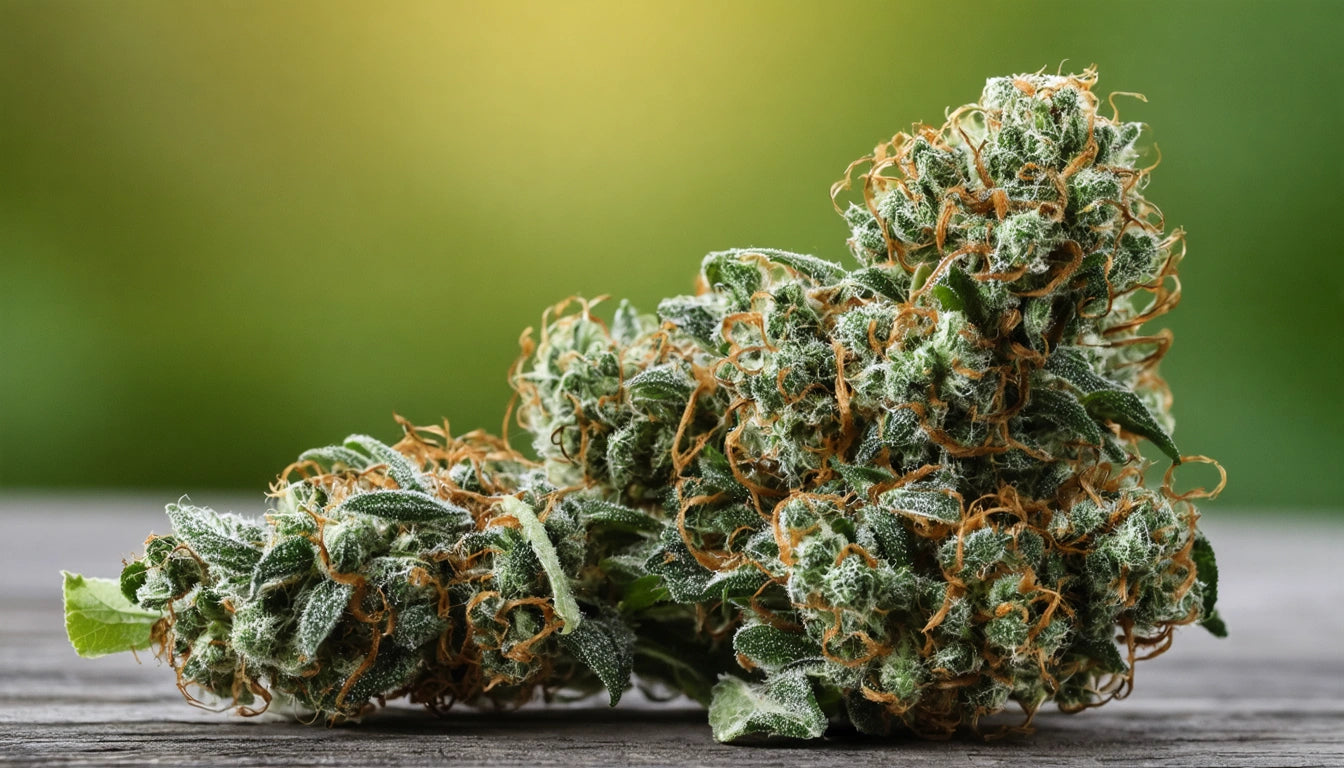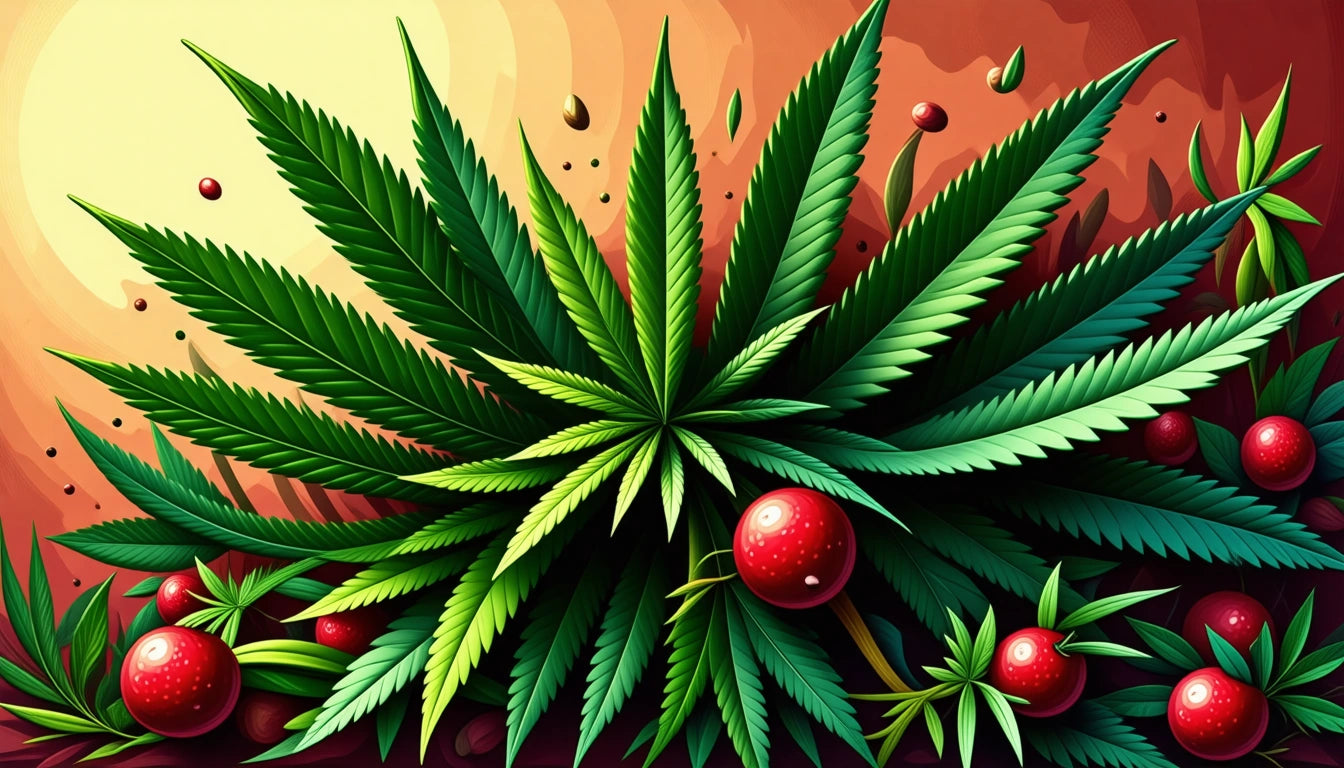Table of Contents
- Can You Microwave Weed? Understanding the Basics
- Effects of Microwaving on Cannabis Properties
- Drying Cannabis in a Microwave: Techniques and Risks
- Microwave Decarboxylation: Is It Effective?
- Safety Concerns and Precautions
- Better Alternatives to Microwaving Cannabis
- Best Practices for Cannabis Processing
Microwaving Weed: Uses, Effects, and Precautions
The question "can you microwave weed" appears frequently in cannabis forums and search engines. Whether you're looking to dry fresh cannabis quickly, decarboxylate it for edibles, or revive dry flower, it's important to understand what happens when cannabis meets microwave radiation. This guide explores the science, risks, and alternatives to microwaving marijuana.
Can You Microwave Weed? Understanding the Basics
Yes, technically you can put cannabis in a microwave, but whether you should is a different question entirely. Microwaves work by exciting water molecules in food, generating heat through friction. When applied to cannabis, this process affects the plant material in several ways:
- Rapid moisture evaporation
- Potential degradation of cannabinoids
- Possible terpene loss
- Uneven heating that may create "hot spots"
For those wondering "how long do I microwave weed," there's no universal answer because microwaves vary in power, and cannabis varies in moisture content. However, most experimentation suggests very short intervals (5-10 seconds) with frequent checking is the only remotely safe approach.
Effects of Microwaving on Cannabis Properties
Cannabinoid Stability
When asking "does microwaving weed do anything," the answer is yes, but not always what you want. The high temperatures generated can potentially degrade THC and other cannabinoids if not carefully controlled. CBD appears somewhat more stable under heat than THC, but both can be diminished by excessive microwave exposure.
Terpene Preservation
Terpenes, the aromatic compounds that give cannabis its distinctive smell and contribute to its effects, are highly volatile. Microwaving can cause significant terpene loss, resulting in diminished flavor, aroma, and potentially altered effects. This is particularly important for connoisseurs who appreciate the entourage effect from the full spectrum of cannabis compounds.
Drying Cannabis in a Microwave: Techniques and Risks
For those searching "can you dry weed in a microwave" or "can you dry weed in the microwave," it is physically possible but comes with significant drawbacks. The traditional drying and curing process takes days to weeks for good reason: it allows for the gradual breakdown of chlorophyll and development of flavor profiles.
If you must use a microwave for emergency drying:
- Use the lowest power setting available
- Heat in very short bursts (5-10 seconds)
- Allow cooling between bursts
- Check frequently to avoid overdrying
- Stop when the outside feels dry but still slightly flexible
Remember that properly dried cannabis should not be crispy or powdery but should snap cleanly when bent. Microwave-dried cannabis often lacks the smooth smoke and full flavor profile of properly cured product.
Microwave Decarboxylation: Is It Effective?
Decarboxylation converts THCA to active THC through heat application. While microwaves can theoretically reach the temperatures needed (around 220-245 °F), they heat very unevenly, making proper decarboxylation difficult to achieve consistently.
For reliable decarboxylation, oven methods with controlled temperatures remain far more reliable. These methods allow for precise temperature control over an extended period, ensuring complete activation without degradation.
Safety Concerns and Precautions
Container Considerations
If you're determined to microwave cannabis, never use metal containers or aluminum foil. Additionally, many plastic containers can leach chemicals when heated. Glass containers are generally safest, but ensure they're microwave-safe. For more information on container safety, check our guide on microwave-safe takeout containers.
Vape Cartridge Warning
One dangerous trend involves the question "can you put a cart in the microwave" to address clogging or crystallization issues. This practice is extremely dangerous as it can cause batteries to explode, release harmful chemicals, or damage the cartridge components. Never microwave any vape products or electronics.
For pre-roll enthusiasts, we offer premium custom cones for professional packaging that maintain freshness without needing risky microwave interventions.
Better Alternatives to Microwaving Cannabis
Instead of asking "what does microwaving your weed do," consider these safer alternatives:
- For Drying: Paper bags in a dry environment can gently remove moisture over 1-3 days
- For Decarboxylation: Oven baking at controlled temperatures provides more consistent results
- For Rehydrating Dry Cannabis: Use humidity packs or the orange peel method (with caution regarding mold)
- For Joint Drying: Air drying is safer than risking combustion in a microwave, though some consumers report success with very careful microwave techniques
Best Practices for Cannabis Processing
Rather than searching "can in microwave" for cannabis preparation, focus on these best practices:
Proper drying and curing remain the gold standard for cannabis preparation. This process typically takes 7-14 days of drying followed by 2+ weeks of curing in glass jars. The patience required pays dividends in flavor, potency, and smoking experience.
For those interested in precise dosing without the risks of improper heating, microdosing cannabis offers a controlled approach to consumption that doesn't require emergency drying methods.
When processing cannabis for commercial purposes, professional equipment and standardized procedures ensure consistency and quality that microwave shortcuts simply cannot match.
While microwaving cannabis might seem like a convenient shortcut, the risks to quality and potentially safety make it a practice best avoided by both casual users and serious enthusiasts. The traditional methods have endured for good reason: they work reliably and preserve the qualities that make cannabis valuable in the first place.











Leave a comment
All comments are moderated before being published.
This site is protected by hCaptcha and the hCaptcha Privacy Policy and Terms of Service apply.